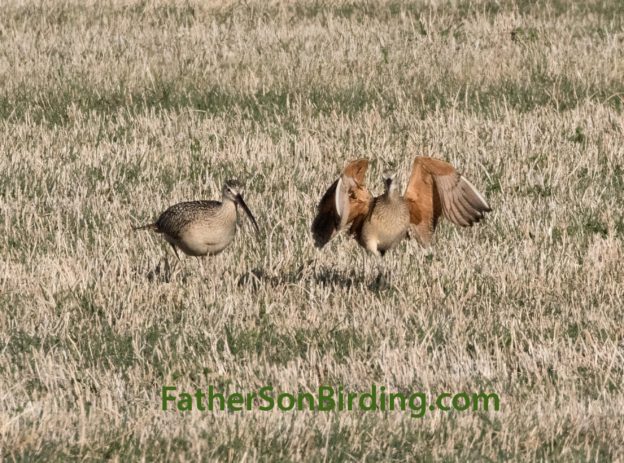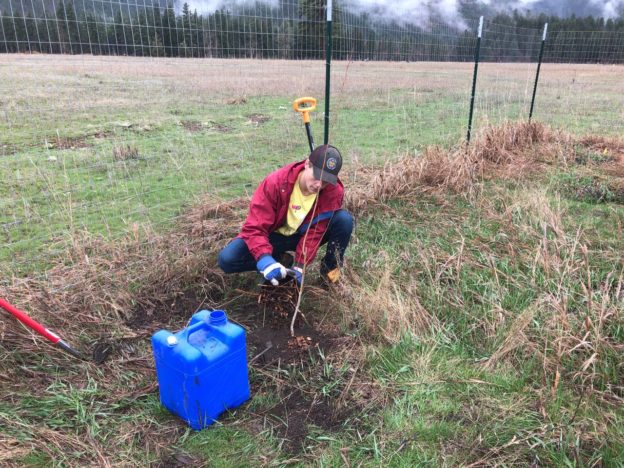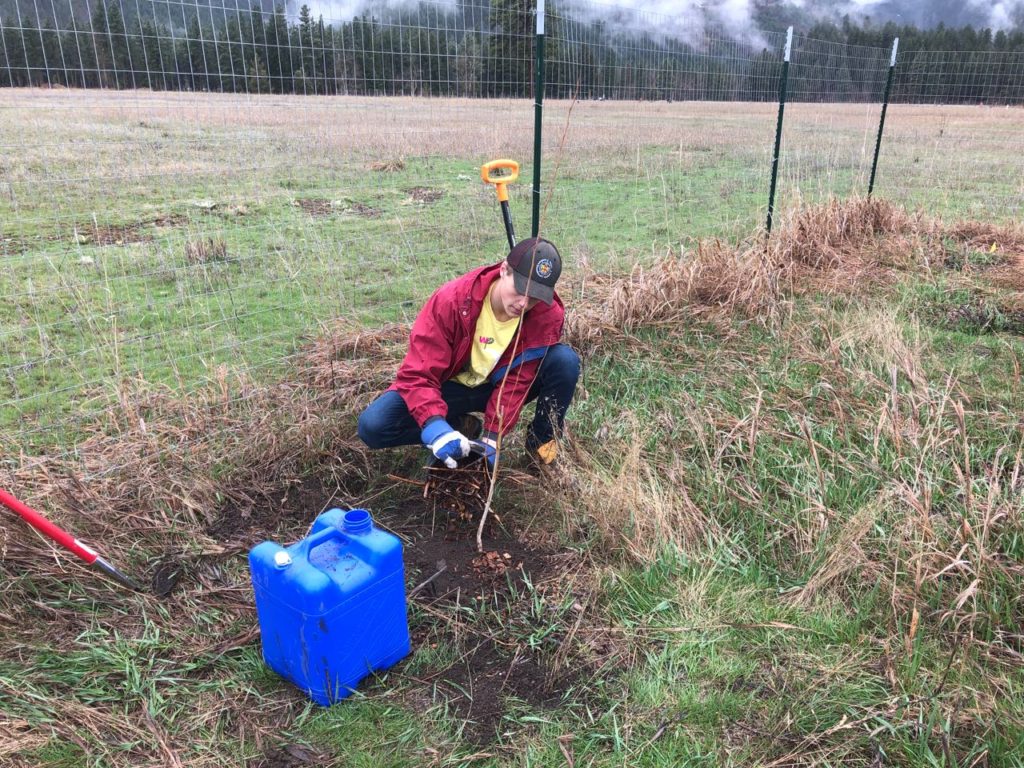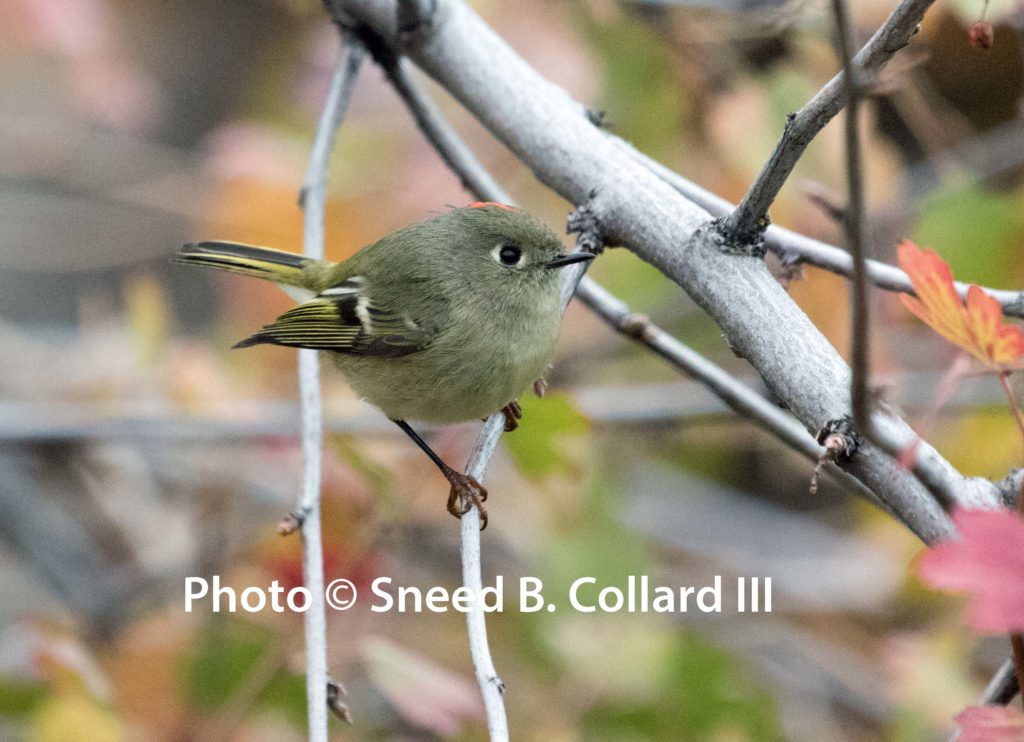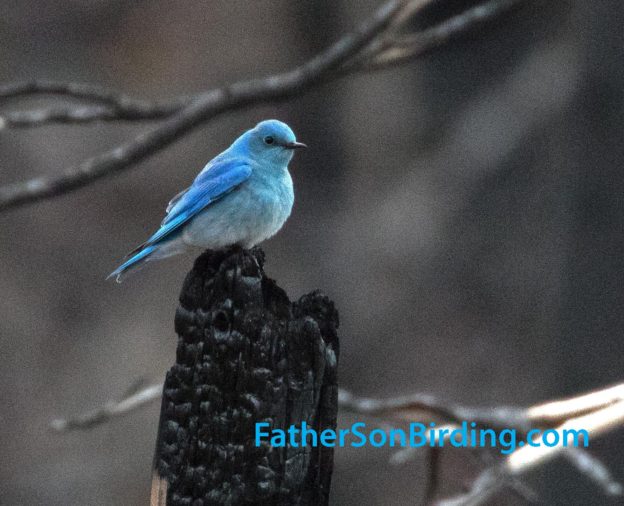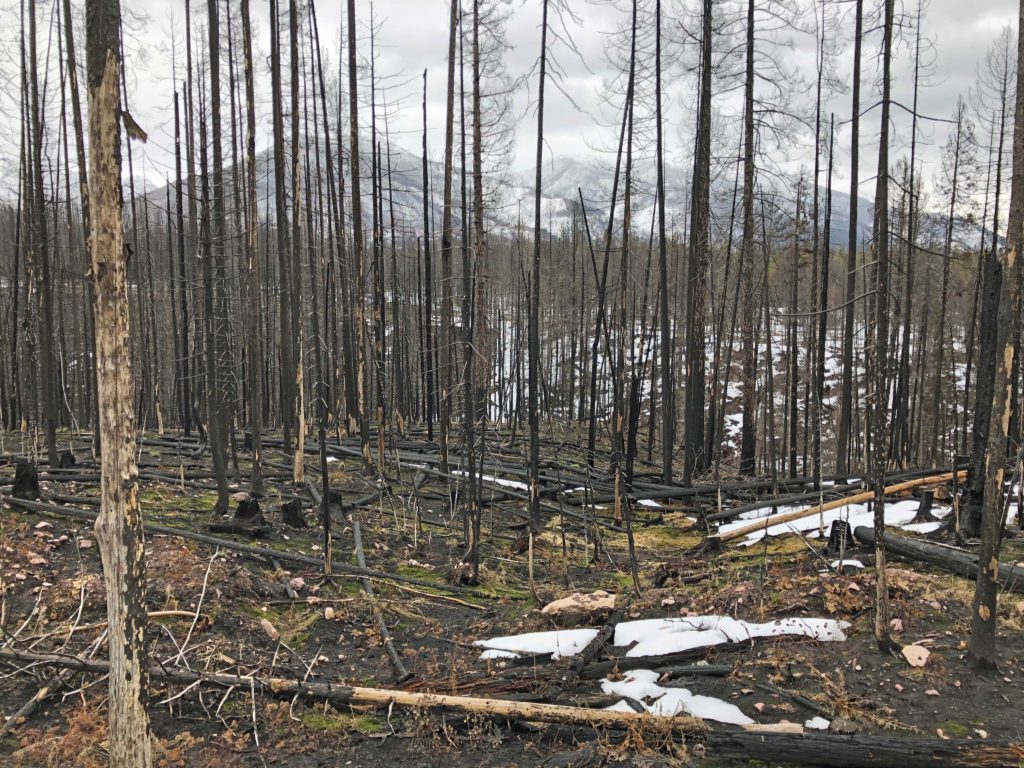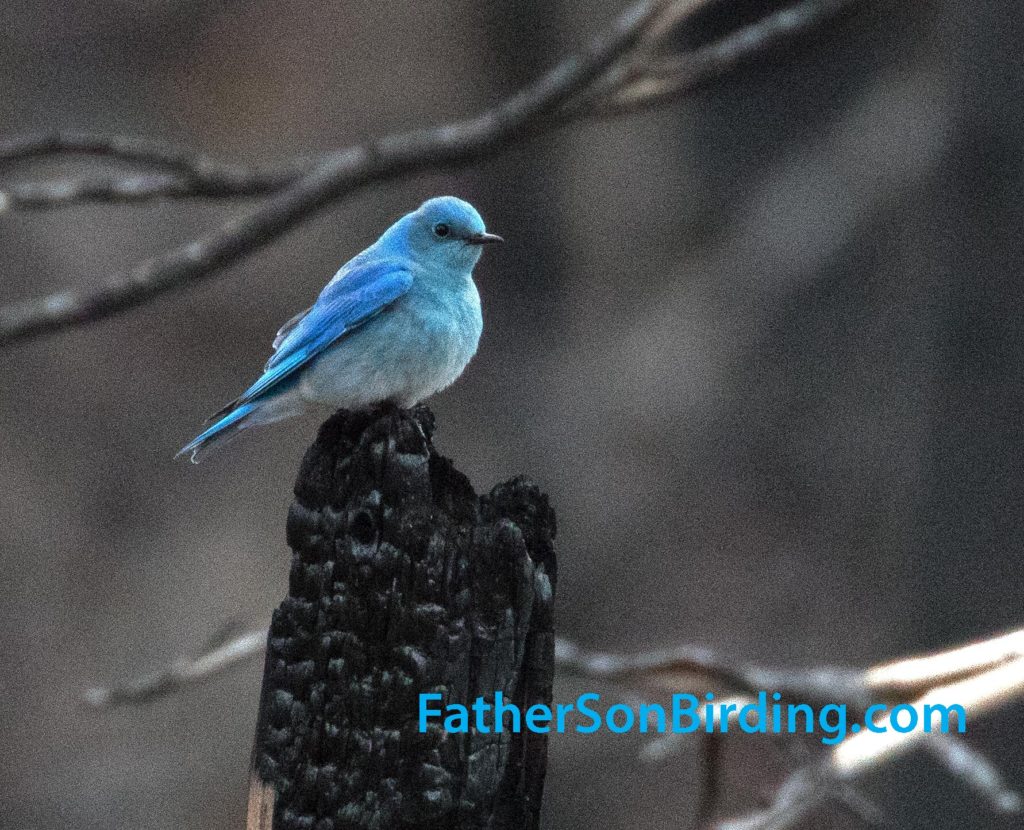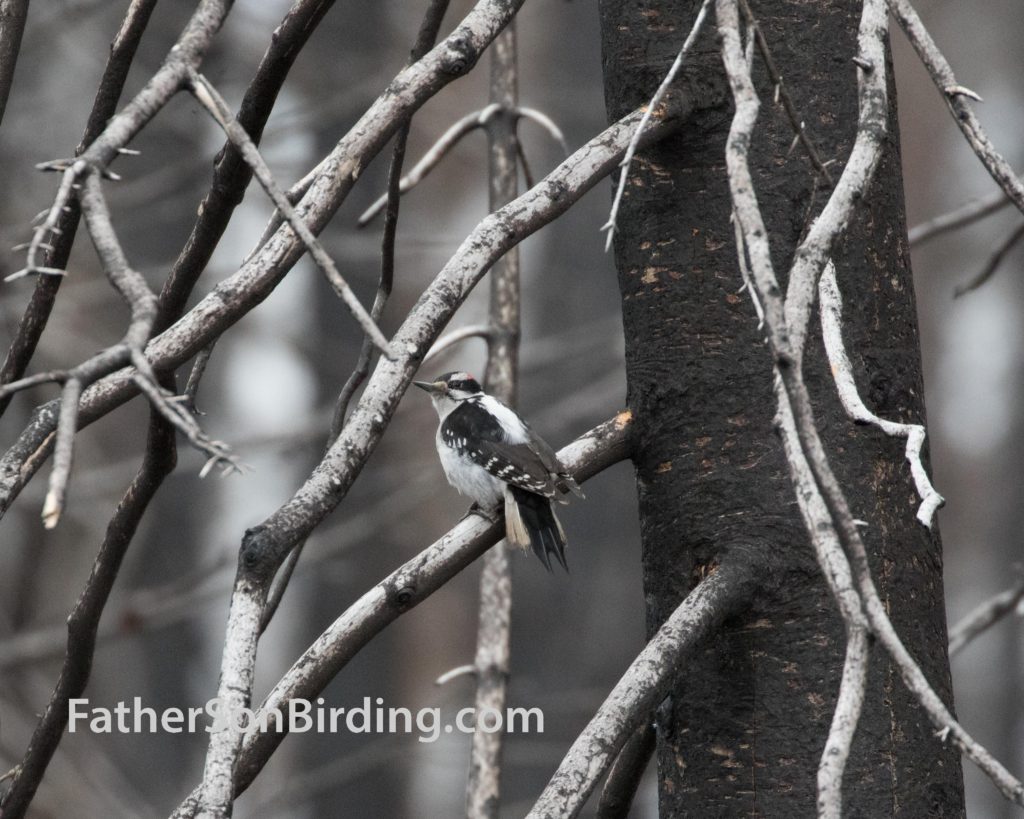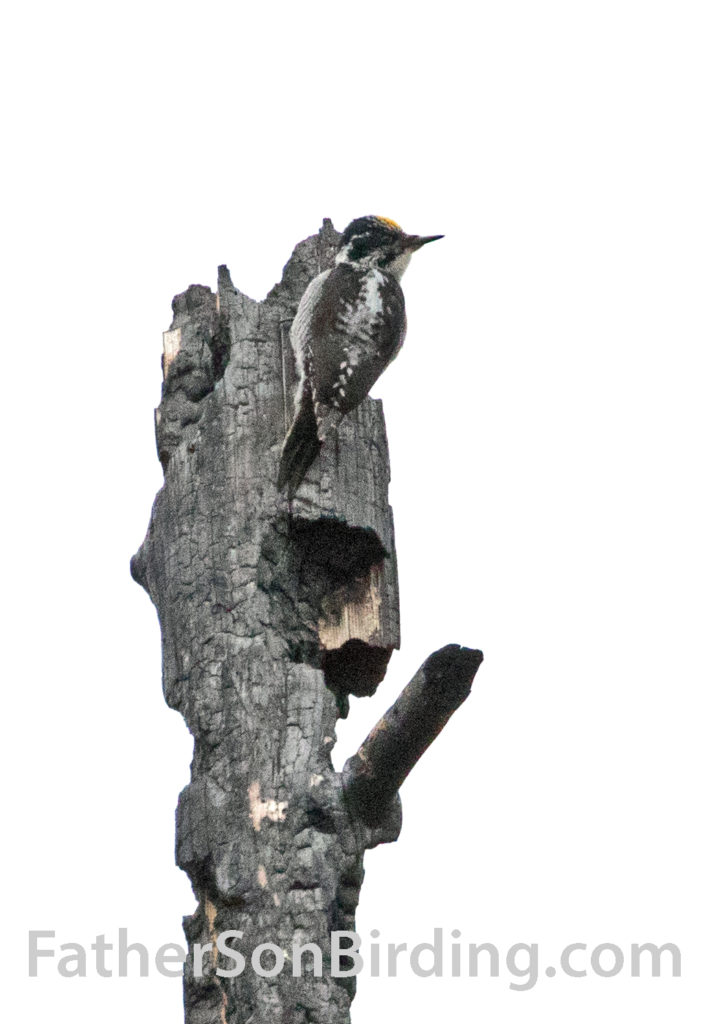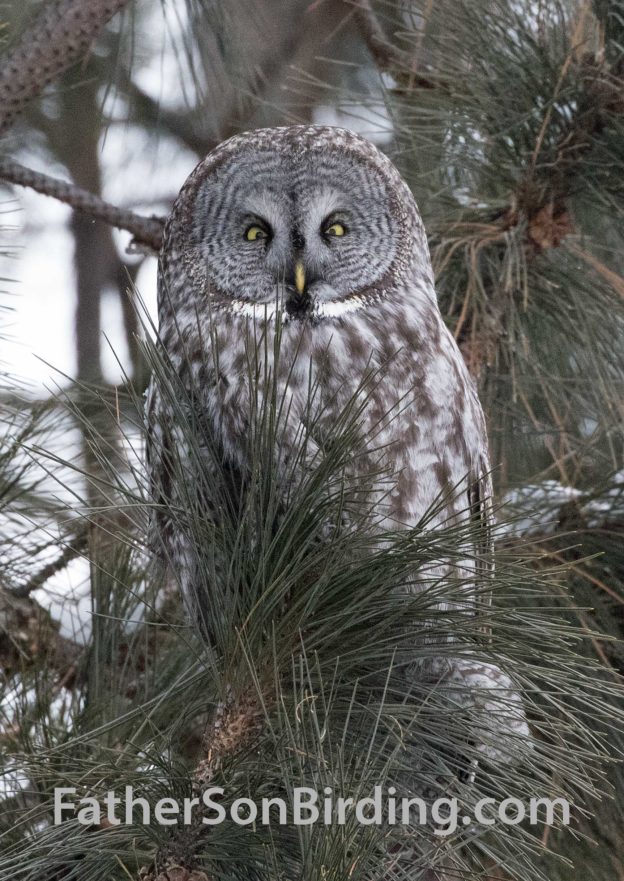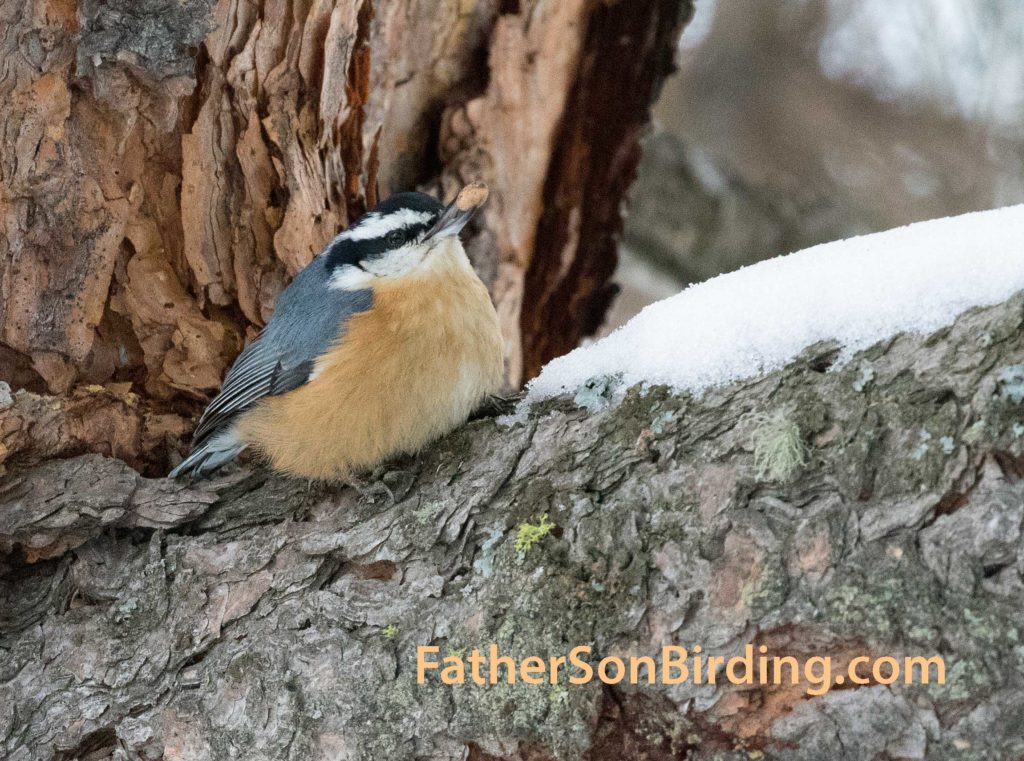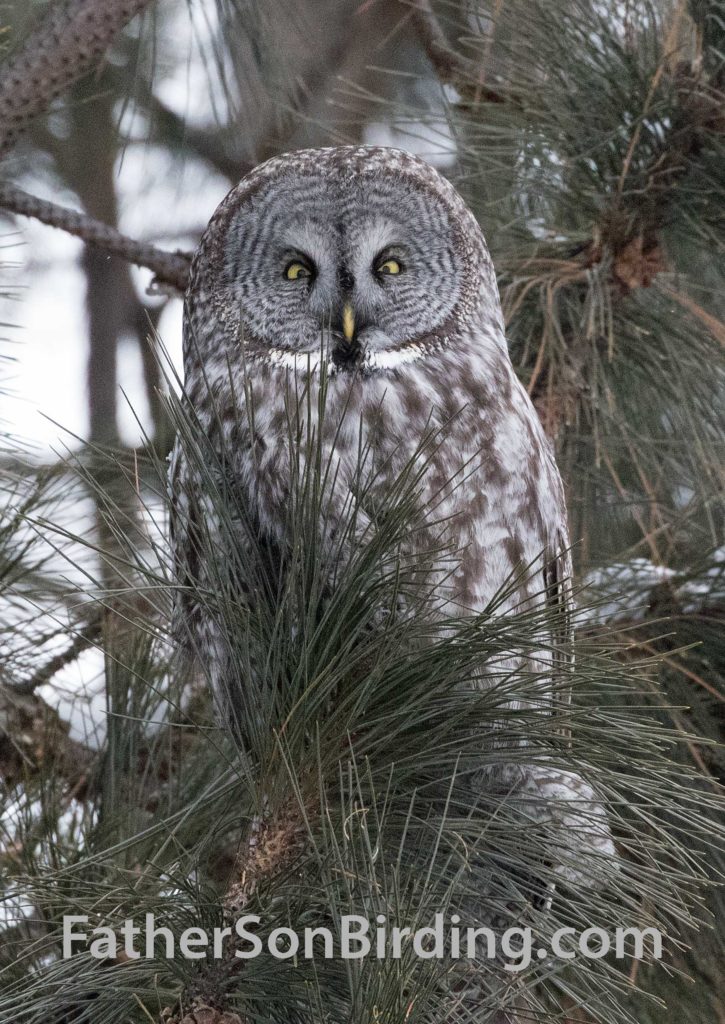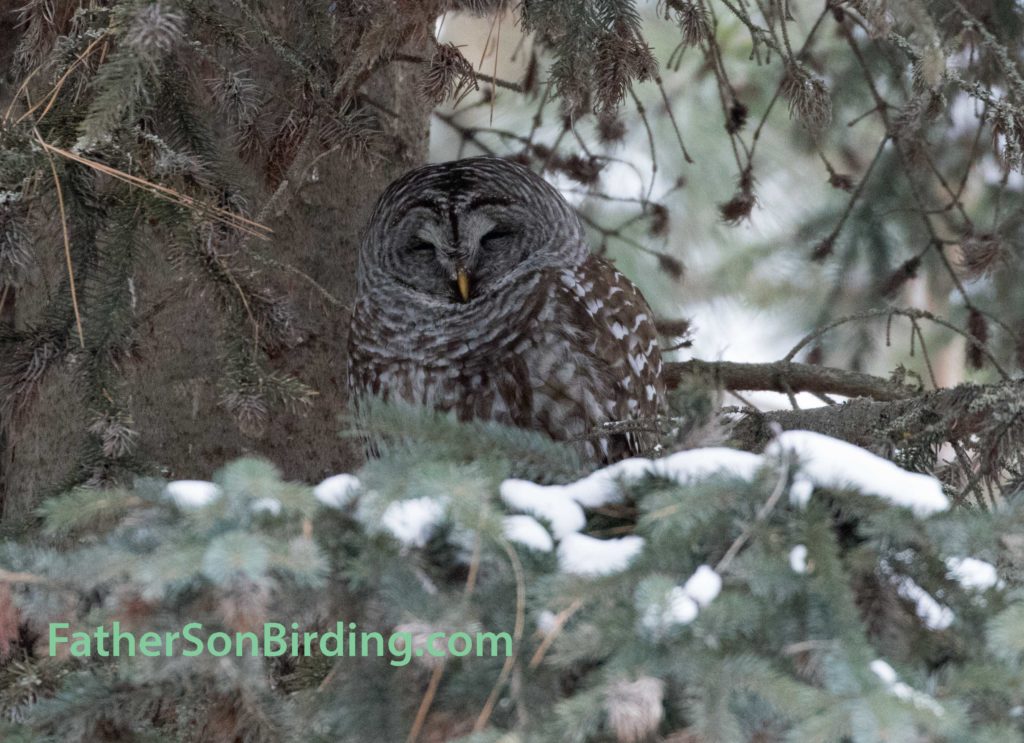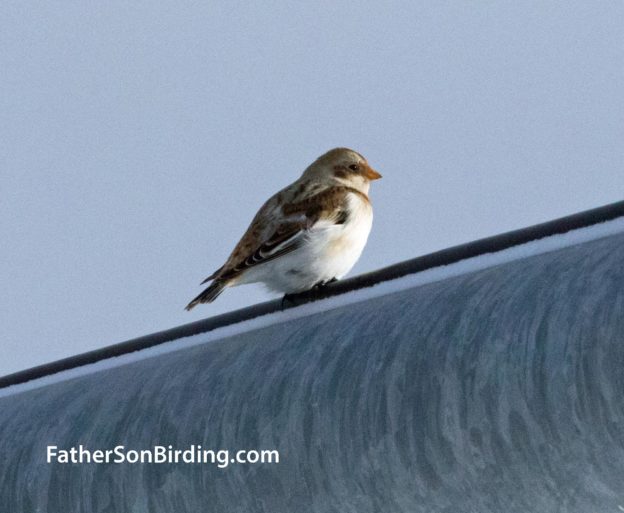Are you enjoying our posts? If so, we’d love it if you subscribe to FatherSonBirding by filling out the box down in the right-hand column—and urge your friends to sign up too :)!
When life hands you an opportunity—especially a birding opportunity—you’d better take it. We learned that the easy way last weekend when Phil Ramsey, dad of our birding buddy Nick, offered us a two-night stay at the Clark Fork Coalition’s amazing Dry Cottonwood Creek Ranch. Phil couldn’t join us, but on Friday Nick picked Braden and me up in his truck, and off we went.
Thanks to Montana’s abundant spring daylight, we reached Deer Lodge with plenty of time to bird and after a quick dinner at 4Bs, explored the back roads leading south from the prison. Nick’s top target for the weekend was a long-shot, Greater White-fronted Goose, while Braden especially wanted to see his first Golden Eagle of the year. Me? I had my own goal: Long-billed Curlews, a species Braden and I had seen only once before in Montana. Altogether, Braden figured that for the weekend we might pick up eight new year birds while I predicted ten.
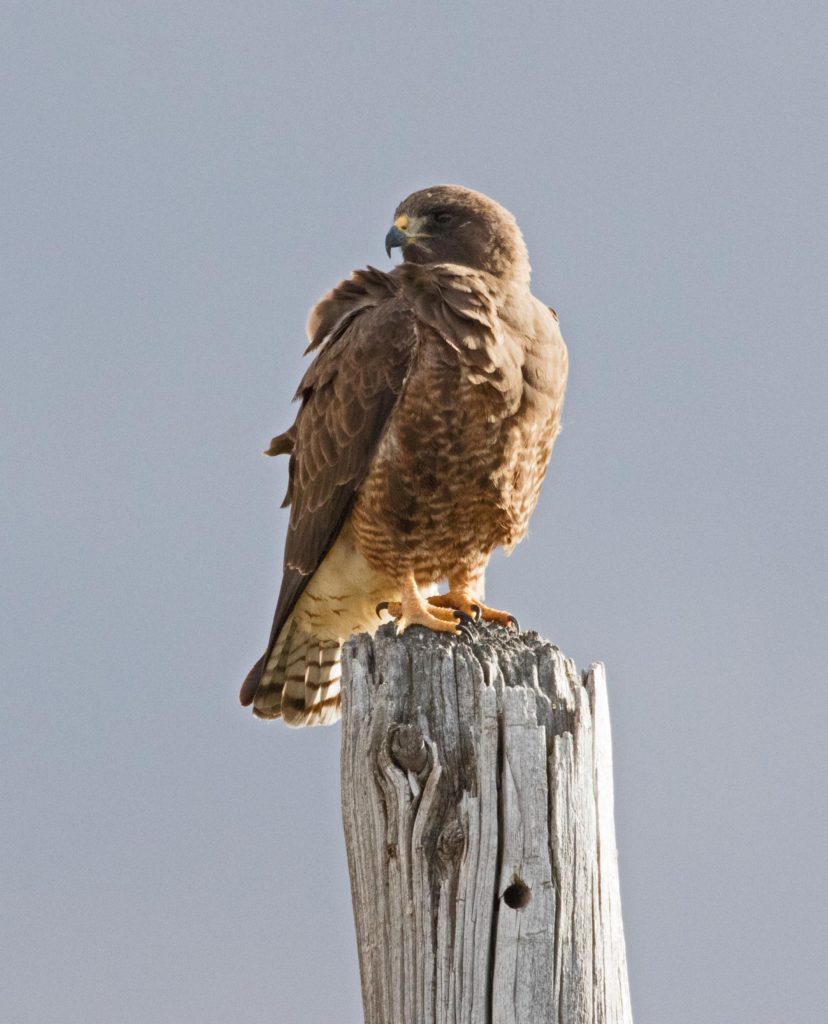
As we drove, we spotted a number of nice, albeit expected, birds: Mountain Bluebirds, American Kestrel, and a scattering of ducks. We also got to observe a beautiful Swainson’s Hawk on a telephone pole—the first real surprise of the weekend. As we turned right, down a dirt road, however, I suddenly shouted “Look out there!” Sure enough, three Long-billed Curlews hunted insects under beautiful evening light. Before the evening was out, we would tally 20 more of these graceful bizarre-looking birds, a number of them dancing out their courtship rituals.
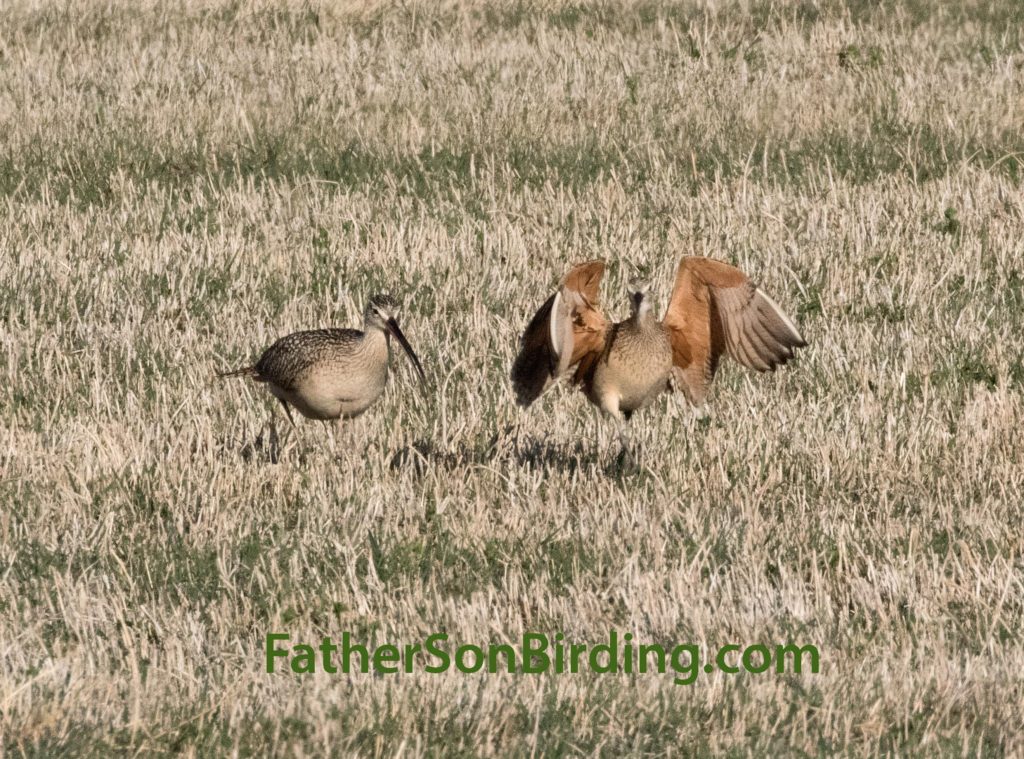
Part of the weekend package was a personalized tour of the ARCO superfund ponds with Gary Swant (see post “For Birders, Every Year is a Big Year”). Nick, Braden, and I had been lucky enough to bird with Gary the last Christmas Bird Count, but we were eager to see how spring species differed from the area’s winter visitors. As expected, waterfowl were out in full force—including Eared, Horned, Western, and Red-necked Grebes. We enjoyed Red-breasted Mergansers and Nick spotted a Sora, but the real surprise was the number of loons—eight, all told. “That’s easily the most we’ve ever seen together,” Braden exulted.
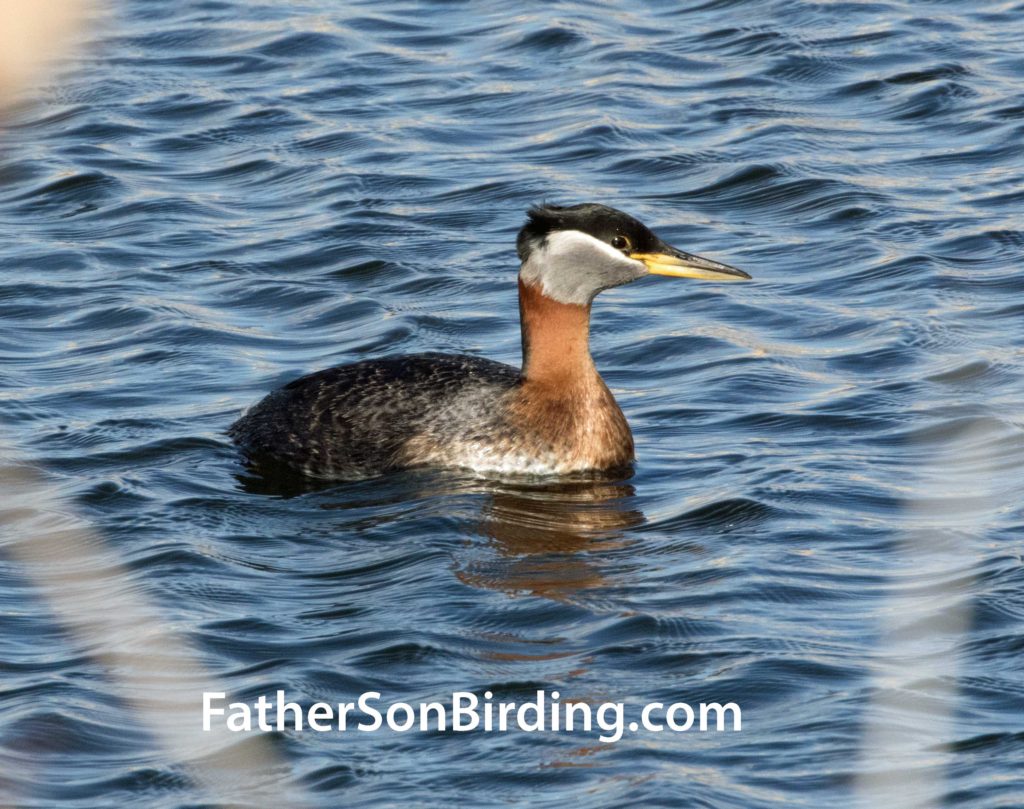
Leaving the ponds, Gary took us to a place near Anaconda that we’d never birded: Dutchman’s Slough where, within minutes, Braden nabbed his top weekend target, Golden Eagle. Then we noticed three wading birds in the distance and assumed they must be more Long-billed Curlews. One of them was, but the other two were something we’d never seen: Marbled Godwits in the middle of a grassy field! After bidding a fond farewell to Gary, we rounded out the day with one more great score—Solitary Sandpiper in a large puddle on the south edge of Deer Lodge.
We were sad to be leaving the next morning, but an unseasonal snow storm urged us home. On the drive, however, we decided to stop at Rock Creek, the site of Braden’s Eagle Project (see post “Five Valleys, Many Birds”). Almost as soon as we got out of the car, we spotted three more stunning year birds: Chipping Sparrow, Hermit Thrush, and shockingly, Lark Sparrow. The latter two were most likely just migrating through and we felt lucky to nab them as they often prove difficult to find in Montana.
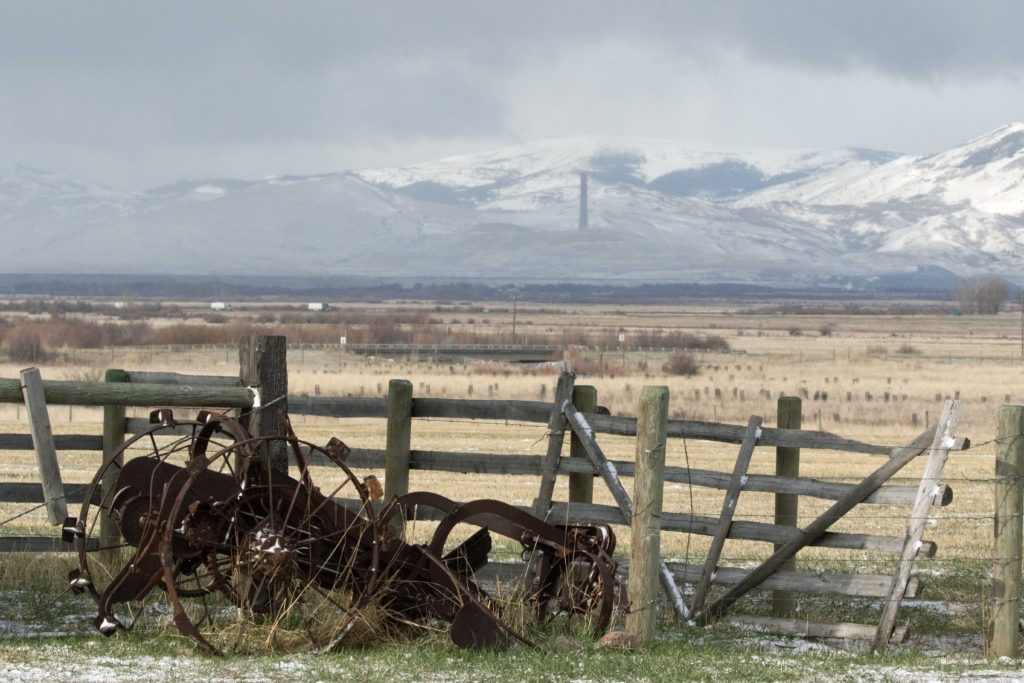
So how did we do for the weekend? Well, we shattered our estimates for how many new year birds we might see, adding more than twenty to each of our lists. More important, the trip drove home a lesson for every birder: during spring migration, anything can show up—and does! Well, except for the elusive Greater White-fronted Goose! Sorry, Nick.

